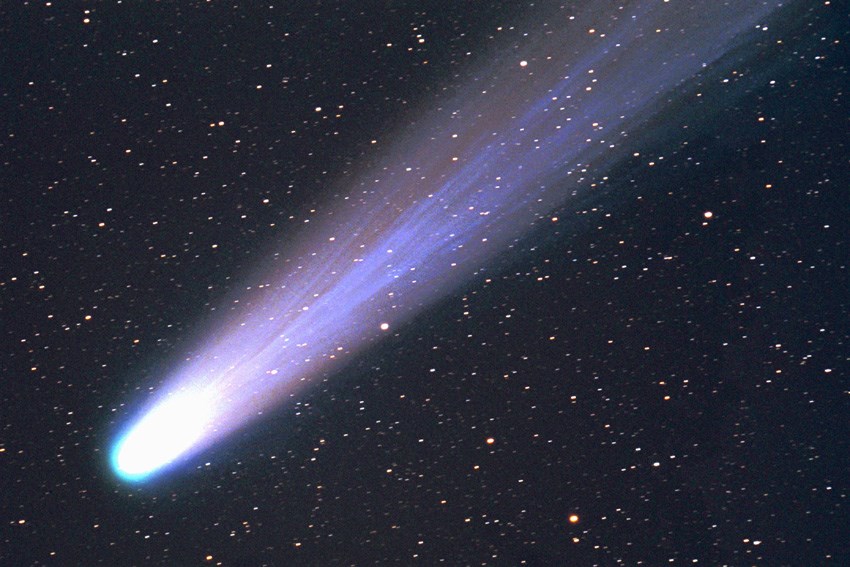Comets are small bodies found in the solar system. They are the combination of ices which come with small amounts of rock and dusts. There are comets which may be larger though. They can be for only some kilometers. As for the main body of a comet, this is referred to as the nucleus. This comes with methane, water, ices and nitrogen. These are the main composition. These are the common facts about Comets. There are still other information you should know about them.
What are comets?
Whenever comets faced heat by the Sun, the ice it goes with start to sublimate. This is synonymous to that of a dry ice that fizzes whenever it is left under the sunlight. This mixture of dust and ice crystals would always blow the nucleus of the comets away. This is going to occur in the solar wind. As this takes place, a pair of tails will then be created. The tail of the dust is the one normally seen by many. This is how the comets are viewed from the Earth itself.

Whenever the gas molecule becomes excited, a plasma tail may be formed too. However, these cannot be seen by the naked eye alone. Do not be discouraged though because this can always be imaged if there is a need for it. Normally, comets would always orbit around the sun. Their origins may be pointed down to Oort Cloud. The same is also true with Kuiper Belt regions. These are all in the outer part of the solar system.
What’s in the name? Naming a comet.
Comets present various categories. The usual kind are non-periodic and periodic. Way back in the past, the names of comets will be based on the people who discovered them. For example, there is Comet Halley which was after Sir Edmond Halley. As for the modern times though, there were rules set that would govern the naming process. These were set by the IAU, or the International Astronomical Union. Aside from this, there was also an official designation assigned to comets. They were normally identified because of the last names. They may also be relied on the independent discoverers.
How does everything work anyway? When a confirmation is made about the comet that is the only time when all of the naming rules are to be followed. These are to be taken into account and consideration. For instance, if there is a periodic comet, and then it will be indicated through a P/. The year of its discovery is also crucial here. There should also be a latter which indicates the half-month. This on the other hand points to when it was discovered, which will immediately be followed through a number which indicates the order of the discovery. The second periodic comet may be seen in January’s first half. This occurred in 2015. With that, it was given the name P/2015 A2. This was the usual procedure in the naming.